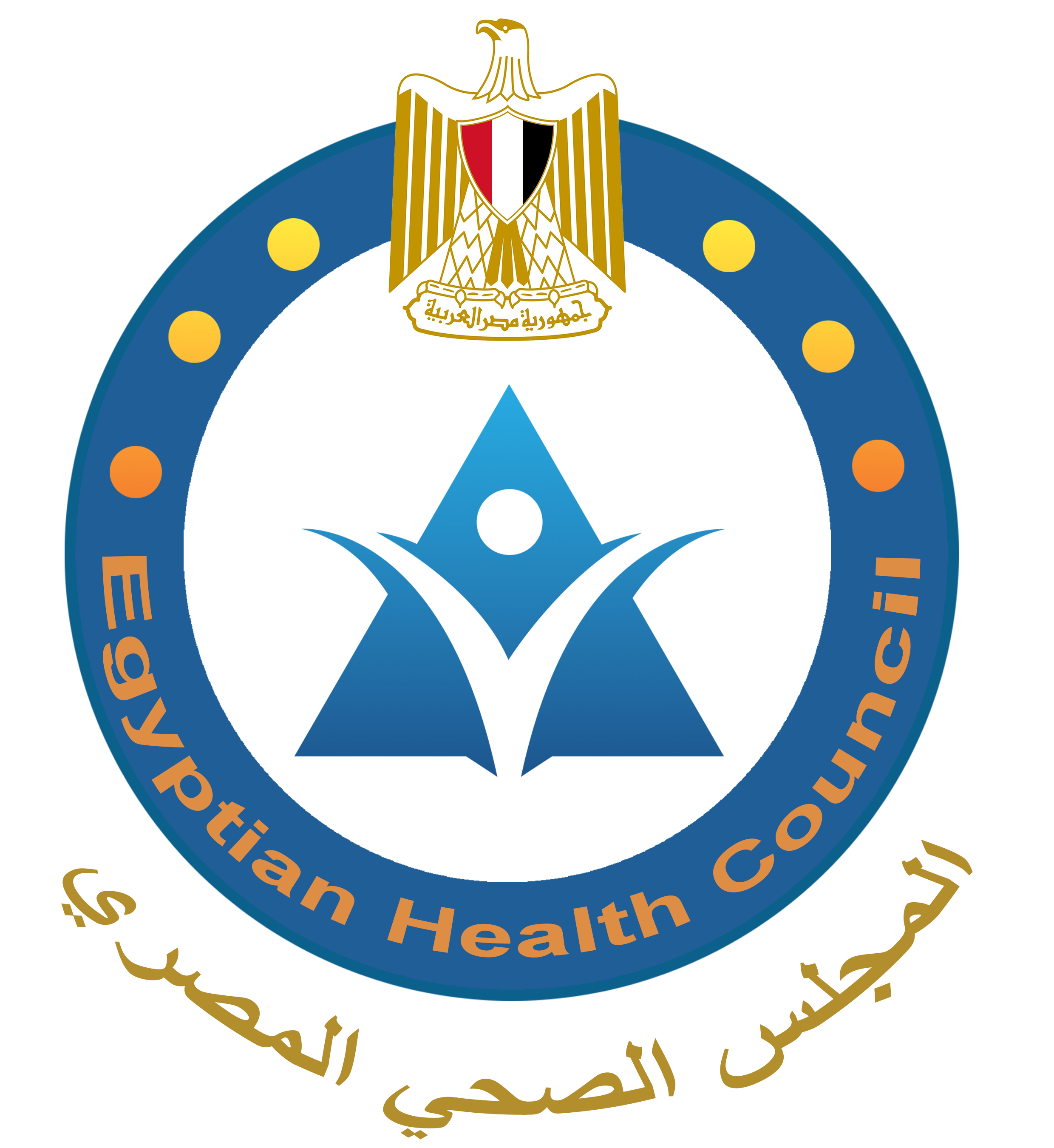
Deep Neck Space Infections (DNSIs)
"last update: 5 August 2024"
- Executive Summary
|
The following statement and flowchart were adopted/adapted/ from Controversies in the management of deep neck space infection in children: an evidence‐based review. Clinical Otolaryngology, 2017, which had the highest scores as regards the currency, contents and quality. 2- detailed history, physical examination, and identification of any immediate or impending airway compromise: A detailed history and physical examination are both vital in identifying the presence, source and any complications of infection. (Strong recommendation) 3- Aetiology: a. Most cases of DNSI are bacterial in aetiology; however, the causative pathogens in the paediatric population differ to those in the adult. Sources in paediatric cases include tonsillitis, pharyngitis, haematogenous and suppurative cervical adenitis compared with adult DNSI, which often have an odontogenic origin. (Conditional recommendation) b. Sharp objects may cause perforation of the pharynx or oesophagus and may result in abscess formation in the adjacent neck spaces (Strong recommendation) 4- The management of a DNSI: The management of a DNSI is highly dependent on the location and extent of deep neck involvement (Conditional recommendation) 5- imaging in DNSI: a. Lateral neck radiographs are useful tool for screening of retropharyngeal and parapharyngeal abscesses (Conditional recommendation) b. Contrast enhanced CT imaging is an accurate and sensitive tool to differentiate a drainable abscess from cellulitis (Strong recommendation) c.MRI provides better soft tissue definition than CT and in addition avoids exposure to radiation. (Conditional recommendation) 6- Medical treatment in DNSIs: a. All patients with a DNSI should be given initial empiric antibiotic therapy (even if the patient is also being managed surgically) until culture and sensitivity results are available (Strong recommendation) b. Either penicillin in combination with a ß-lactamase inhibitor (such as amoxicillin with clavulanic acid) or a ß-lactamase–resistant antibiotic (such as cefoxitin, cefuroxime, imipenem or meropenem) in combination with a drug that is highly effective against most anaerobes (such as clindamycin or metronidazole) is recommended for optimal empiric coverage. (Strong recommendation) 7- Surgical drainage of DNSIs: a. Indications for surgical drainage include airway compromise, septicaemia, complications, extending or descending infection or no clinical improvement within 48 hours of the initiation of IV Antibiotics abscess >2.2 cm on CT imaging. (Strong recommendation) b. An external cervical approach is required for submandibular, prevertebral and carotid space infection. Parapharyngeal abscesses that are not obviously ‘pointing’ in the pharynx and complicated retropharyngeal abscesses that cannot be fully drained using an intraoral approach also require an external approach. (Strong recommendation) 8- Minimally invasive techniques in DNSIs: Minimally invasive techniques such as image-guided needle aspiration of abcesses measuring <3 cm in diameter (Strong recommendation) 9- Acute airway obstruction: Acute airway obstruction is one of the most alarming complications of DNSI. It is commonly encountered in Ludwig’s angina and is a significant risk with a retropharyngeal abscess due to the potential for rupture into the airway (Strong recommendation) 10- Monitoring of the airway in DNSIs: Monitoring of the airway is a priority when managing DNSI patients and should continue for at least 48 h after surgical intervention (Strong recommendation) |
